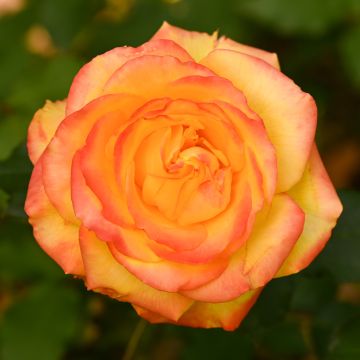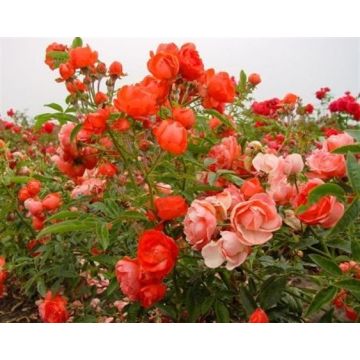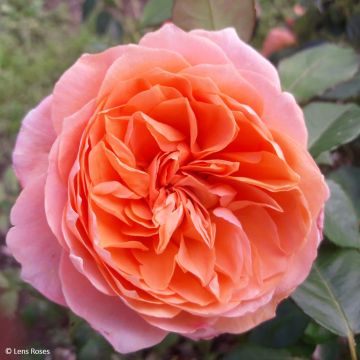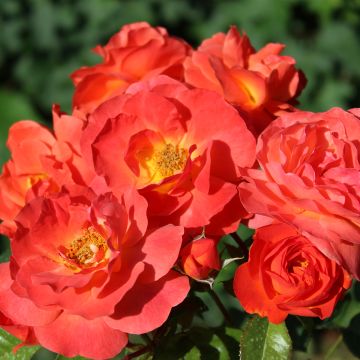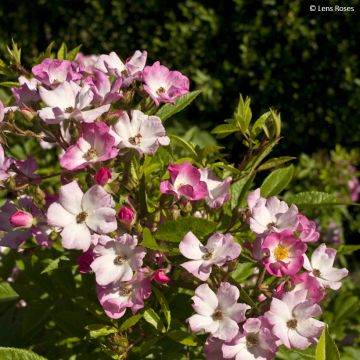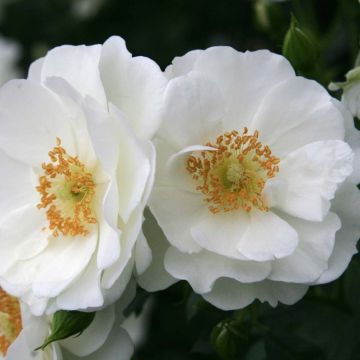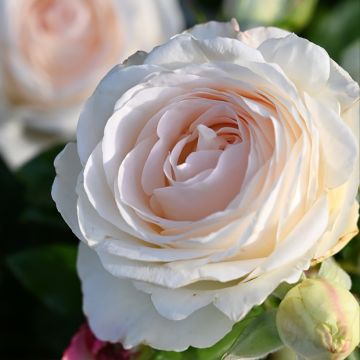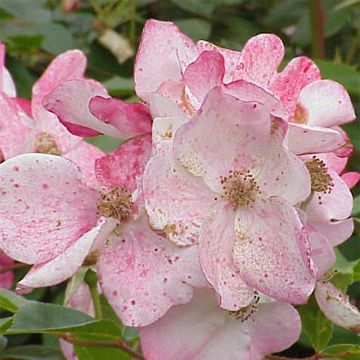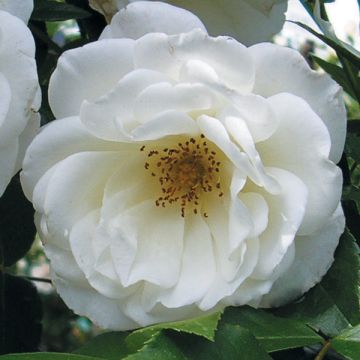

Rosa floribunda Josephs Coat
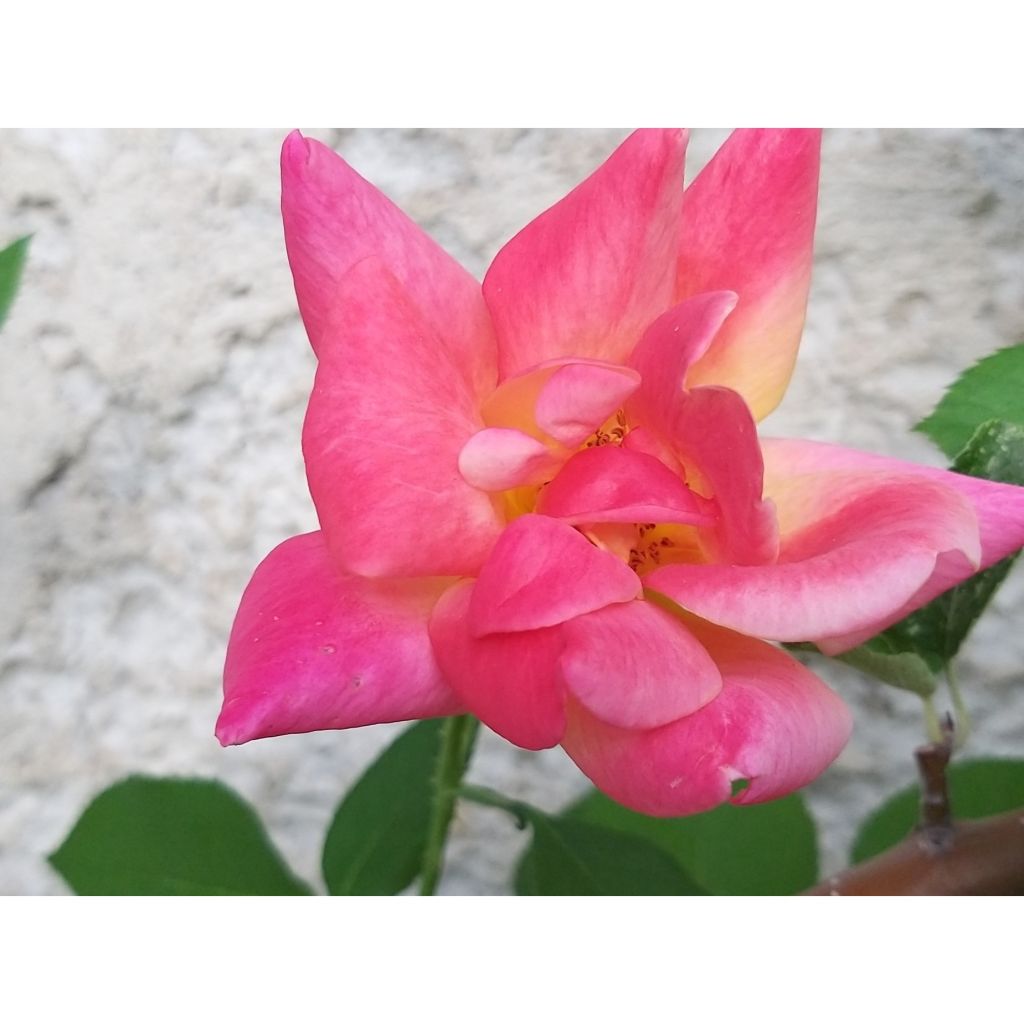

Rosa floribunda Josephs Coat


Rosa floribunda Josephs Coat
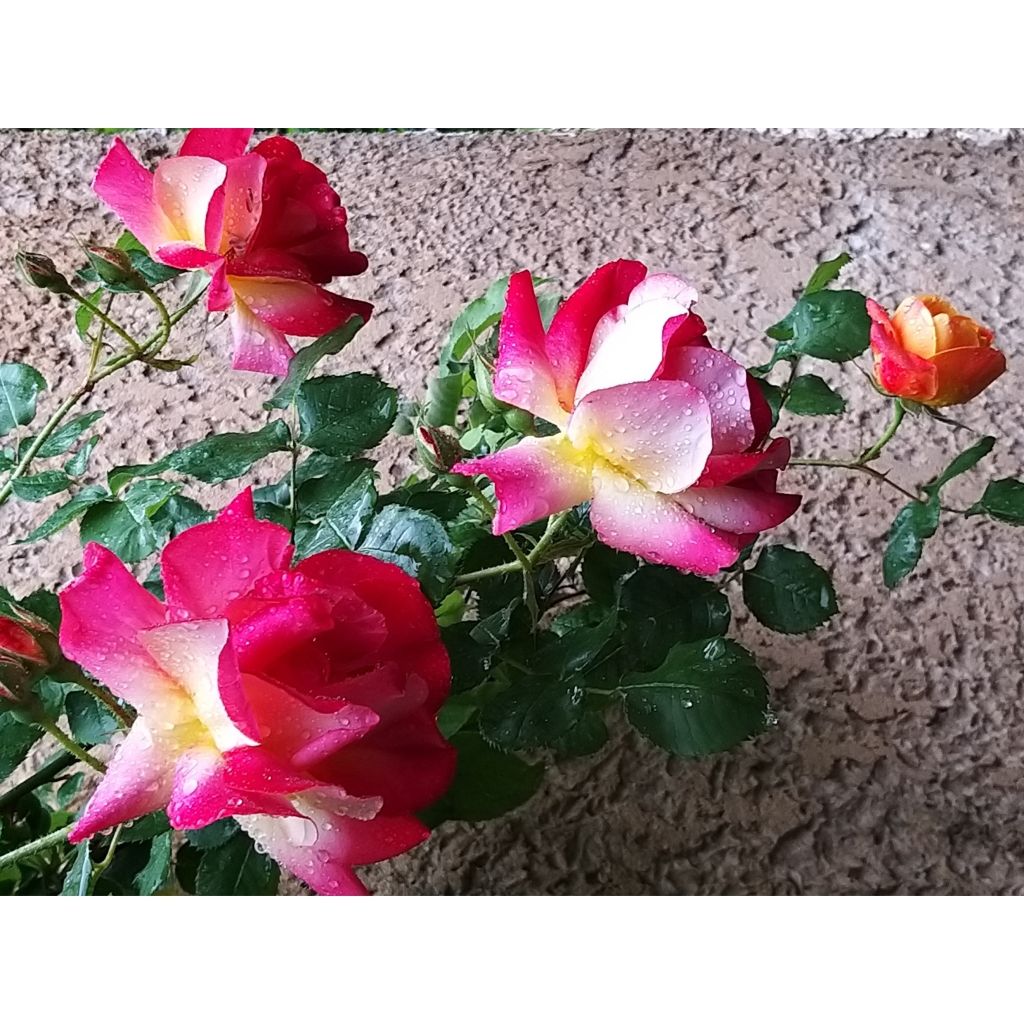

Rosa floribunda Josephs Coat


Rosa floribunda Josephs Coat
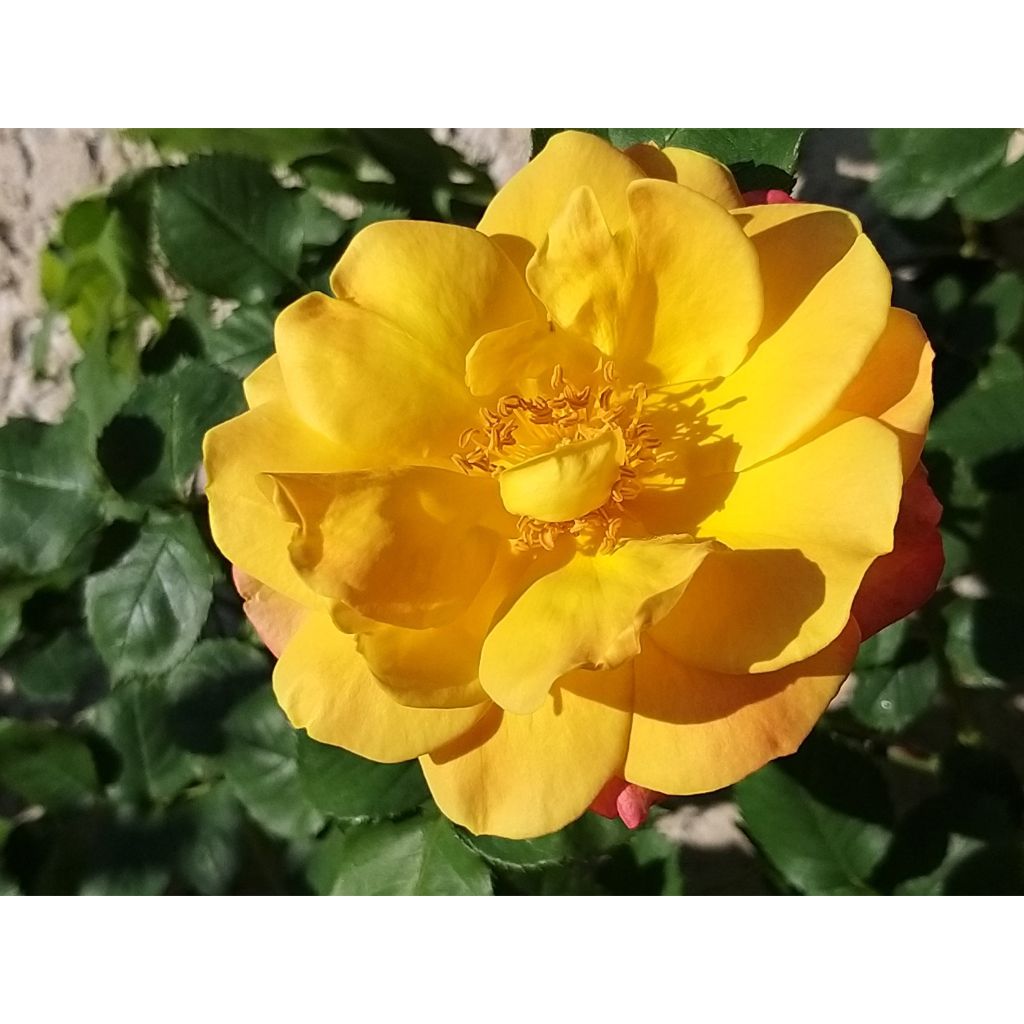

Rosa floribunda Josephs Coat
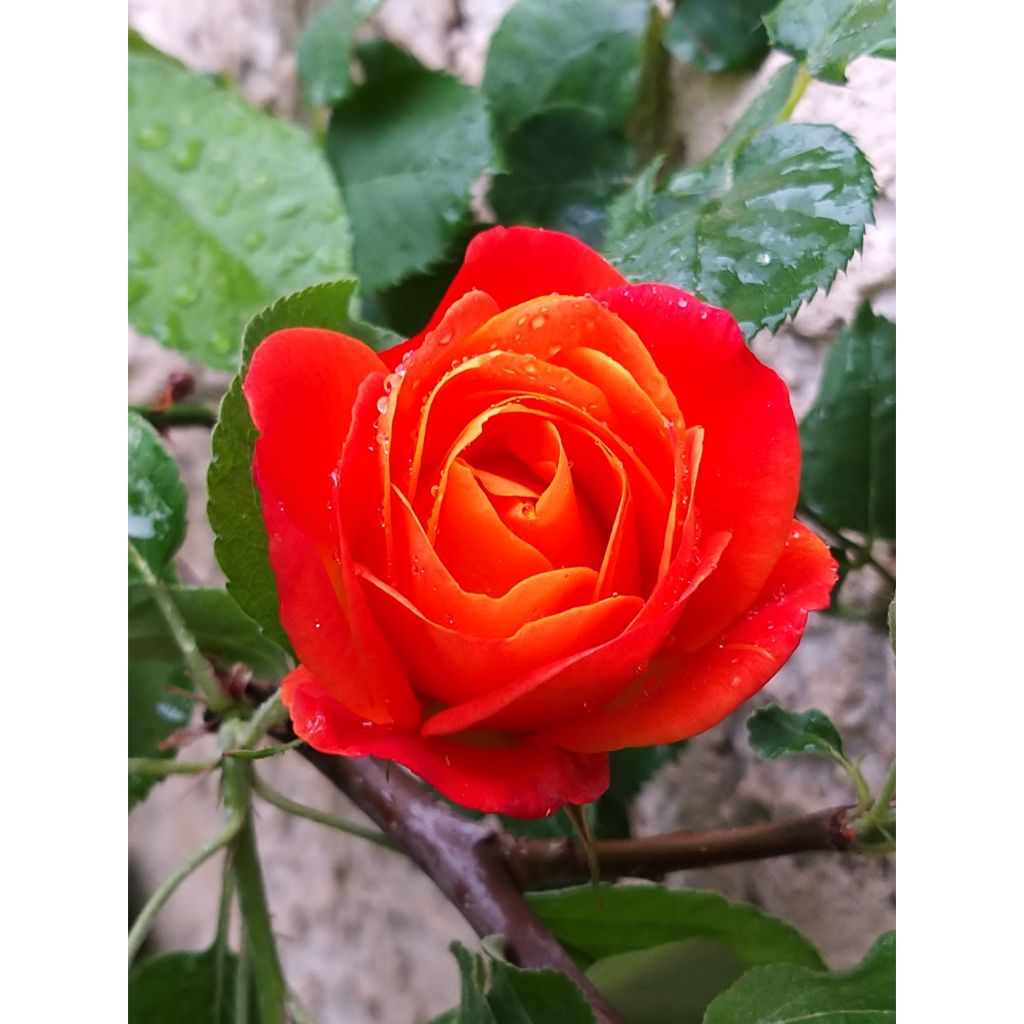

Rosa floribunda Josephs Coat


Rosa floribunda Josephs Coat
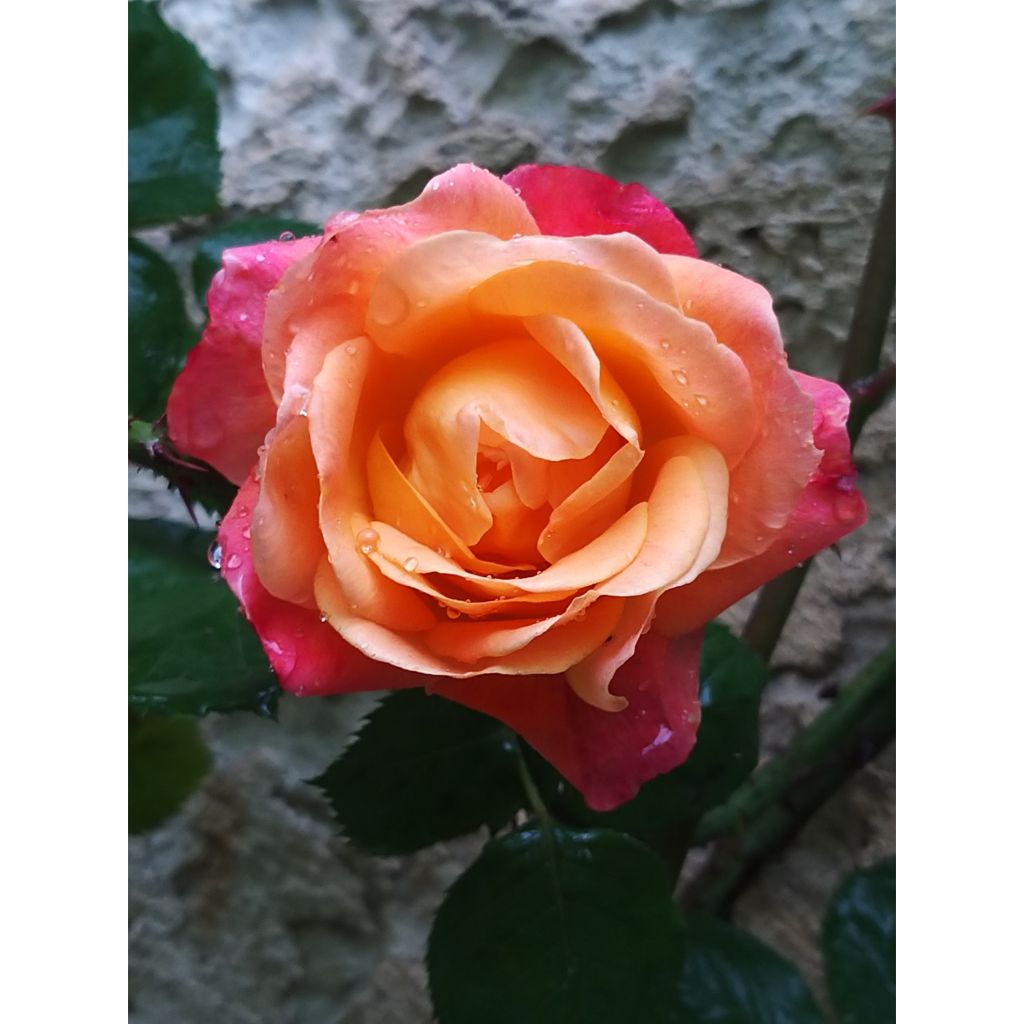

Rosa floribunda Josephs Coat


Rosa floribunda Josephs Coat
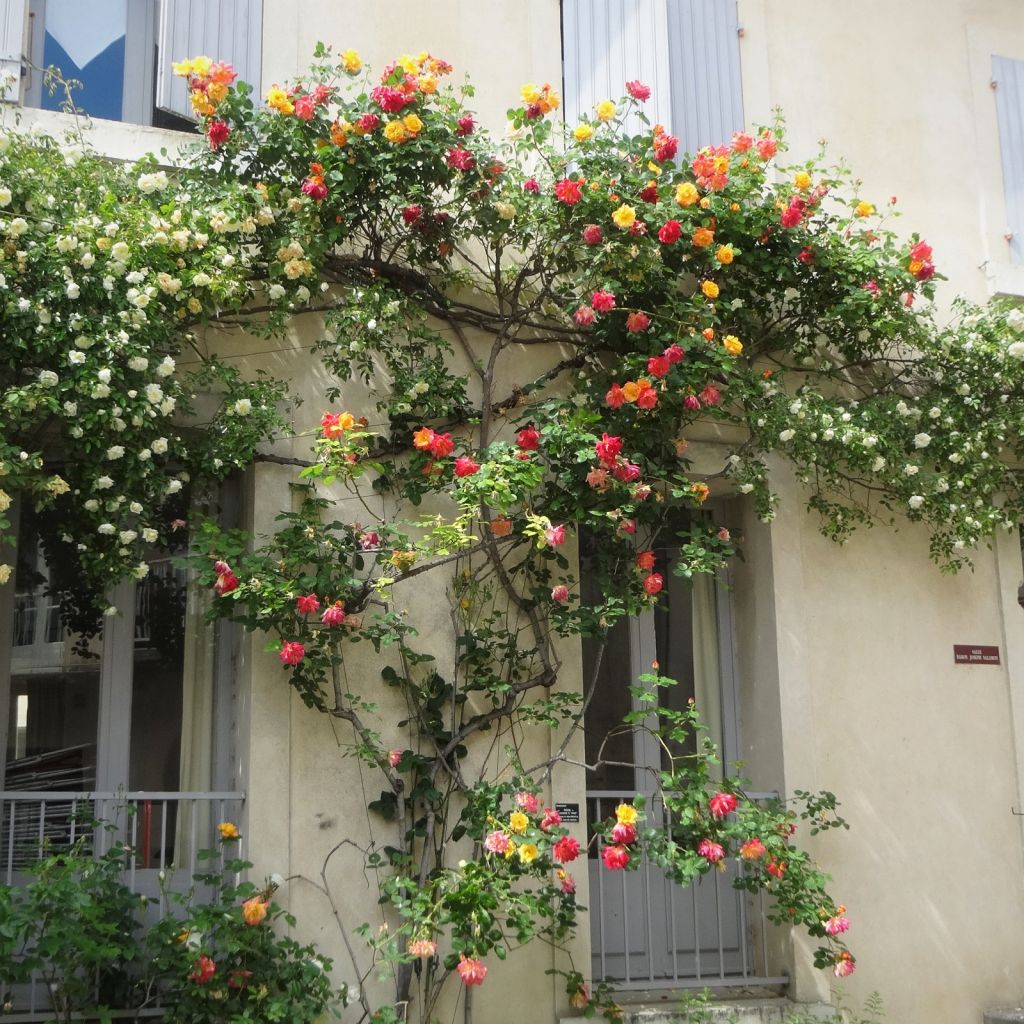

Rosa floribunda Josephs Coat
Rosa floribunda Josephs Coat
Rosa x floribunda Joseph's Coat
Floribunda Rose
Is withering away despite daily monitoring... Very disappointed...
Juliedom, 14/08/2024
Why not try an alternative variety in stock?
View all →This plant carries a 24 months recovery warranty
More information
We guarantee the quality of our plants for a full growing cycle, and will replace at our expense any plant that fails to recover under normal climatic and planting conditions.
From €5.90 for pickup delivery and €6.90 for home delivery
Express home delivery from €8.90.
From €5.90 for pickup delivery and €6.90 for home delivery
Express home delivery from €8.90.
Delivery to Corse prohibited: UE law prohibits the import of this plant from mainland France to Corse as part of the fight against Xylella fastidiosa. Please accept our sincere apologies.
More information

Does this plant fit my garden?
Set up your Plantfit profile →
Description
The Rose 'Joseph's Coat', when in bloom, that is, for 4 to 5 months, is an indescribable bush. It is covered with lightly scented bouquets, whose colour evolves throughout the day. Adorned with very healthy foliage, its strong stems form a solid framework that will support the mass of flowers and foliage at human height without weakening. A true bush, resistant to diseases and summer drought, accepting poor soils, this rose is astonishing in the background of a flower bed, works wonders in a flowering hedge or when trained against a wall. A variety to rediscover!
Rose 'Joseph's Coat' is a superb American creation by Herbert C. Swim, published by Armstrong, dating back to 1964. It is the result of a cross between the roses 'Circus' and 'Buccaneer'. Its numerous qualities were rewarded with a gold medal at Bagatelle in 1964, the Certificate of Merit in Rome, and a distinction from the Royal Society of Roses in England.
Extremely vigorous, this floribunda rose forms a beautiful bush with a slightly spreading habit in a few years, with average dimensions at maturity reaching 1.80m (5 ft 11 in) in height and 1.50m (4 ft 11 in) in width. In mild climates, it can reach a height of 3m (9 ft 10 in). Its green stems adorned with reddish thorns are sturdy. They bear abundant deciduous foliage, divided into 5 to 7 leaflets of a fairly dark, matte green colour, and carried by very thorny petioles. Its abundant flowering in June continues more sporadically until October-November if the soil remains moist. Its 7cm (2.8 in) wide semi-double corollas are slightly ruffled, gathered in loose clusters of 5 to 7 flowers with a slightly blurred pattern. The pointed buds, yellow-orange in colour, open into flowers with variable and evolving colours, in a palette ranging from yellow to old purple pink, with hints of pink. Note that this colour harmony is more flamboyant in autumn. The fragrance of the flowers is described as floral, with medium intensity, more noticeable in the evening and in hot weather. This variety does not produce hips.
The rose 'Joseph's Coat', which does not require pruning, is vigorous and robust enough to be integrated into a free or defensive hedge. Hardy, undemanding, and very easy going, it will thrive in all areas. Plant it alongside abelias, botanical roses, escallonia, beberis, spring spireas, viburnums, lilacs, mock oranges, or serviceberries according to your soil and climate. It will also create a sensation at the back of flower beds with easy plants such as perennial geraniums and blue asters, or with lower shrubs (Caryopteris, lavenders, Perovskia...). Its use is versatile, according to each gardener's desires. And its delicately scented roses sparkle in bouquets.
A curiosity of nature: all parts of the 'Joseph's Coat' flower that are not exposed to the sun will be light in colour: if you lift one of the petals, you will discover on the petal below it its "shadow", of a light colour. This phenomenon is called photosensitisation and is marked in this variety.
Report an error about the product description
Rosa floribunda Josephs Coat in pictures


Plant habit
Flowering
Foliage
Botanical data
Rosa
x floribunda
Joseph's Coat
Rosaceae
Floribunda Rose
Cultivar or hybrid
Rosa canina Laxa (Wrapped bare root), Rosa multiflora (4L/5L pot)
Other Polyantha clustered Roses
Planting and care
Plant the floribunda rose 'Joseph's Coat' from November to March, in ordinary, well-dug and well-drained soil. Roses prefer clay soils, rather heavy than light. If the soil is too sandy, compact, or dry in the summer, it is advisable to encorporate compost, well-rotted manure, or soil improver at the bottom of the planting hole. This rose adapts to poor soils and tolerates summer drought once well established but does not tolerate waterlogged soils in winter. Place it in a sunny position, or at most partial shade in hot and sunny climates.
Roses are hungry plants, and a specific fertiliser will be beneficial at the start of vegetation, then regularly during the flowering period. To encourage reblooming, regularly remove faded flowers. Floribunda rose varieties are more vigorous and more floriferous than large-flowered rose varieties. Therefore, prune the stems by about one quarter of their length (from 4 to 6 eyes from the base of the stem) at the end of winter. Always prune above an outward-facing bud to promote bushy growth and prevent the branches from crossing in the centre of the branches.
Roses are often stained or unsightly in late summer, but it does not affect their development. These stains are not harmful to the rose and is a natural phenomenon.
Planting period
Intended location
Care
-
, onOrder confirmed
Reply from on Promesse de fleurs
Roses by purpose
Haven't found what you were looking for?
Hardiness is the lowest winter temperature a plant can endure without suffering serious damage or even dying. However, hardiness is affected by location (a sheltered area, such as a patio), protection (winter cover) and soil type (hardiness is improved by well-drained soil).

Photo Sharing Terms & Conditions
In order to encourage gardeners to interact and share their experiences, Promesse de fleurs offers various media enabling content to be uploaded onto its Site - in particular via the ‘Photo sharing’ module.
The User agrees to refrain from:
- Posting any content that is illegal, prejudicial, insulting, racist, inciteful to hatred, revisionist, contrary to public decency, that infringes on privacy or on the privacy rights of third parties, in particular the publicity rights of persons and goods, intellectual property rights, or the right to privacy.
- Submitting content on behalf of a third party;
- Impersonate the identity of a third party and/or publish any personal information about a third party;
In general, the User undertakes to refrain from any unethical behaviour.
All Content (in particular text, comments, files, images, photos, videos, creative works, etc.), which may be subject to property or intellectual property rights, image or other private rights, shall remain the property of the User, subject to the limited rights granted by the terms of the licence granted by Promesse de fleurs as stated below. Users are at liberty to publish or not to publish such Content on the Site, notably via the ‘Photo Sharing’ facility, and accept that this Content shall be made public and freely accessible, notably on the Internet.
Users further acknowledge, undertake to have ,and guarantee that they hold all necessary rights and permissions to publish such material on the Site, in particular with regard to the legislation in force pertaining to any privacy, property, intellectual property, image, or contractual rights, or rights of any other nature. By publishing such Content on the Site, Users acknowledge accepting full liability as publishers of the Content within the meaning of the law, and grant Promesse de fleurs, free of charge, an inclusive, worldwide licence for the said Content for the entire duration of its publication, including all reproduction, representation, up/downloading, displaying, performing, transmission, and storage rights.
Users also grant permission for their name to be linked to the Content and accept that this link may not always be made available.
By engaging in posting material, Users consent to their Content becoming automatically accessible on the Internet, in particular on other sites and/or blogs and/or web pages of the Promesse de fleurs site, including in particular social pages and the Promesse de fleurs catalogue.
Users may secure the removal of entrusted content free of charge by issuing a simple request via our contact form.
The flowering period indicated on our website applies to countries and regions located in USDA zone 8 (France, the United Kingdom, Ireland, the Netherlands, etc.)
It will vary according to where you live:
- In zones 9 to 10 (Italy, Spain, Greece, etc.), flowering will occur about 2 to 4 weeks earlier.
- In zones 6 to 7 (Germany, Poland, Slovenia, and lower mountainous regions), flowering will be delayed by 2 to 3 weeks.
- In zone 5 (Central Europe, Scandinavia), blooming will be delayed by 3 to 5 weeks.
In temperate climates, pruning of spring-flowering shrubs (forsythia, spireas, etc.) should be done just after flowering.
Pruning of summer-flowering shrubs (Indian Lilac, Perovskia, etc.) can be done in winter or spring.
In cold regions as well as with frost-sensitive plants, avoid pruning too early when severe frosts may still occur.
The planting period indicated on our website applies to countries and regions located in USDA zone 8 (France, United Kingdom, Ireland, Netherlands).
It will vary according to where you live:
- In Mediterranean zones (Marseille, Madrid, Milan, etc.), autumn and winter are the best planting periods.
- In continental zones (Strasbourg, Munich, Vienna, etc.), delay planting by 2 to 3 weeks in spring and bring it forward by 2 to 4 weeks in autumn.
- In mountainous regions (the Alps, Pyrenees, Carpathians, etc.), it is best to plant in late spring (May-June) or late summer (August-September).
The harvesting period indicated on our website applies to countries and regions in USDA zone 8 (France, England, Ireland, the Netherlands).
In colder areas (Scandinavia, Poland, Austria...) fruit and vegetable harvests are likely to be delayed by 3-4 weeks.
In warmer areas (Italy, Spain, Greece, etc.), harvesting will probably take place earlier, depending on weather conditions.
The sowing periods indicated on our website apply to countries and regions within USDA Zone 8 (France, UK, Ireland, Netherlands).
In colder areas (Scandinavia, Poland, Austria...), delay any outdoor sowing by 3-4 weeks, or sow under glass.
In warmer climes (Italy, Spain, Greece, etc.), bring outdoor sowing forward by a few weeks.



































